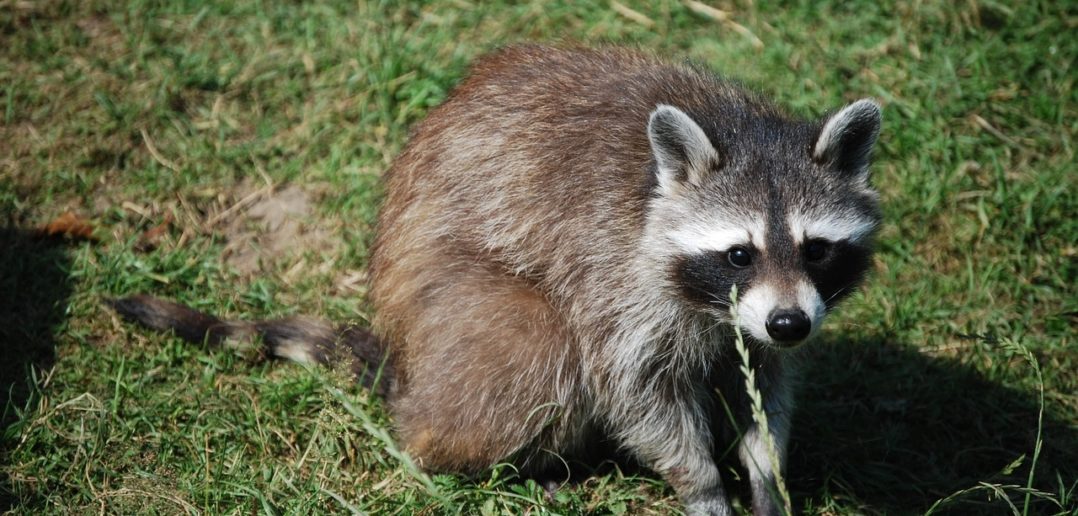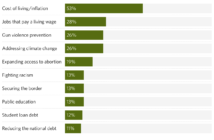Living in the heavily wooded suburb of Lake Forest, it’s not uncommon to see woodland creatures running around. However, not all of the animals frequently seen around campus are as harmless as the cute, frolicking squirrels. There are dangerous animals, such as raccoons and opossums, that pose a real threat to students on campus.
Most encounters with the dangerous animals are had at night. This is when the nocturnal animals are awake and about. Sophia Roumeliotis ’20 said, “I feel like I need to watch out, and I’m always on edge especially late at night, because I can’t see the animals very well in the dark.”
Many students feel this way. Jamie Pineda ’20 recently encountered some raccoons at night. “Some areas of campus are not as well-lit as others,” she said. “You find a lot of animals in those areas, and it can be scary. Five raccoons stared me down and almost attacked me behind Nollen.” Ever since that incident, Pineda tends to avoid the back entrance of Nollen Hall at night unless she has a flashlight or is with friends.
Raccoons and opossums aren’t the only dangerous animals found on campus. Fernand Qvyjt ’20 had a close call with a coyote. Upon leaving Nollen Hall via the back entrance, he found himself face-to-face with the animal. “Without any hesitation, I shut the door and went out the front entrance. It was frightening,” Qvyjt said.
Not all of the animals encountered on campus are dangerous, though. The squirrels around campus tend to avoid students, and the deer tend to simply want to graze in the grassy areas on Middle Campus. “They won’t bother you if you don’t bother them,” Pineda said. “They just want to exist, just like us.”
According to the non-profit organization Society for the Prevention of Cruelty to Animals, most of the animals on campus, including the dangerous ones, typically won’t attack anyone unless provoked.
As the days grow shorter and darker, you might start to see more of these animals prowling about after sundown. While they might not all be dangerous, it’s probably better to be cautious and try to avoid them. To stay safe, try traveling in groups, using the better lit entrances to buildings, and using the flashlight feature on your phone while in darker areas on campus.
“I love this campus, but living in the woods, I feel like we need to watch out because of these animals,” Roumelioti said.


